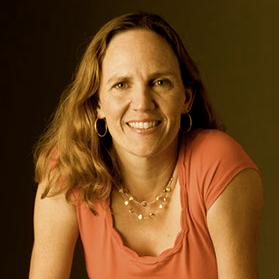Sarah Lumbard is the Digital Curator at the United States Holocaust Memorial Museum (USHMM) and has been in her position for about a year. She leads the digital vision, strategy, and operations for the museum. Prior to joining the USHMM, Sarah worked at NPR for nearly five years leading the news giant in content strategy. While at NPR, she implemented “Serendipity Day” to encourage staff to take time to explore areas of their work for which they may not otherwise have time. I spoke to Sarah to get her thoughts on museums and their roles in the digital world. These are some of her key points:
Digital is a team sport
Sarah uses the analogies of soccer or playing in a chamber orchestra to show that it takes many people, all playing different parts, to develop a digital experience. “People are playing together and bringing their talents – different people lead at different times, and it’s all about interpreting your subject matter and understanding where you stand with that.” She sees her role as digital curator to envision the digital experience, and to lead the voices and attitudes toward digital.
Museums are competing for people’s time
In comparing her roles at a news organization and at a museum, Sarah explains that the common thread is storytelling. Museums need to focus on their storytelling and content because, like many businesses, museums are competing for people’s time: “Every single minute someone spends with you is a gift and it should be treated like that.”
The greatest strength of a museum is its mission and its focus
In contrast, Sarah feels that the weaknesses of museum websites lie in that too many try to replicate the brick and mortar experience online. She explains that, “Our digital presence must be treated with the same love and care as our curated exhibits.” Sarah also warns that we should not use the web as a “dumping ground” for the things that don’t quite fit anywhere else.
Know what problems you are trying to solve
With new digital tools appearing everyday, museums need to experiment with what makes the most sense for the project. Sarah says that museums must consider “what problems are you trying to solve, what the solutions look like and how will you know when you’ve solved it” and don’t be tempted to build beyond solving that problem because it’s impossible to make everyone happy.
Happier teams make better experiences
While meeting audience needs should be a museum’s priority, museum staff should not get lost in the mix. Sarah discusses “Serendipity Day,” which she implemented at NPR and hopes to implement something similar at the USHMM. Sarah described success to her boss at NPR as “Staff satisfaction, happiness, joy – all internal metrics; we’re doing this for us.” These are things she wants to build into the process at the USHMM.
Finally, Sarah leaves us with this parting thought: Be bold, the audiences we serve deserve it.
